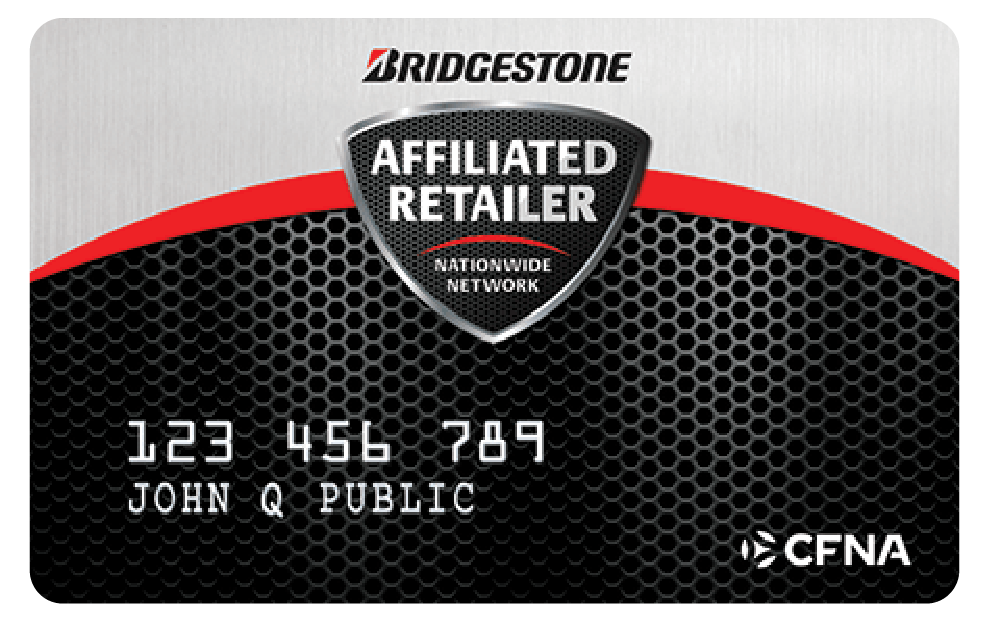Transmission Repair & Rebuild in Redwood City, CA
Enhance your vehicle’s performance and reliability—schedule your transmission check today!
Transmission Repair Services FAQ
What is a transmission, and what does it do?
A transmission is a vital component of a vehicle's drivetrain system that transfers power from the engine to the wheels, allowing the vehicle to change speed and direction. It consists of various mechanical and hydraulic components that work together to control gear ratios and transfer power efficiently.What are the signs of transmission problems?
Signs of transmission problems include difficulty shifting gears, slipping gears, delayed or rough gear engagement, strange noises (such as grinding or whining), transmission fluid leaks, and dashboard warning lights. If you experience any of these symptoms, it's essential to have your transmission inspected promptly.What is a clutch, and how does it work in a manual transmission?
In a manual transmission, the clutch is a mechanical device that connects and disconnects the engine from the transmission. It allows the driver to change gears by disengaging the transmission from the engine when shifting and re-engaging them smoothly to transmit power to the wheels.What is a slave cylinder, and what is its role in the clutch system?
The slave cylinder is part of the hydraulic clutch system in vehicles equipped with manual transmissions. It converts hydraulic pressure from the master cylinder into mechanical force to actuate the clutch mechanism, allowing for smooth and precise clutch operation.What is a master cylinder, and how does it function in the clutch system?
The master cylinder is another component of the hydraulic clutch system that converts mechanical force from the clutch pedal into hydraulic pressure. It sends pressurized hydraulic fluid to the slave cylinder, which then engages or disengages the clutch.What is a torque converter, and how does it work in an automatic transmission?
A torque converter is a fluid coupling device used in automatic transmissions to transmit power from the engine to the transmission. It allows the vehicle to come to a stop while the engine is still running and provides torque multiplication to aid in acceleration.How often should I change my transmission fluid?
The frequency of transmission fluid changes depends on factors such as vehicle make and model, driving conditions, and manufacturer recommendations. As a general guideline, it's recommended to have your transmission fluid changed every 30,000 to 60,000 miles or as advised in your vehicle's owner's manual.What is involved in a transmission fluid change?
A transmission fluid change typically involves draining the old transmission fluid, replacing the filter (if applicable), and refilling the transmission with fresh fluid. It helps remove contaminants and maintain proper lubrication and cooling of the transmission components.How do you diagnose transmission problems?
Transmission diagnosis involves a combination of visual inspection, computerized diagnostics, and road testing to identify the source of the problem. Our experienced technicians use specialized tools and equipment to check for leaks, test fluid condition and level, and monitor transmission operation to pinpoint issues accurately.Do you perform internal transmission repairs or rebuilds?
No, we do not perform internal transmission repairs or rebuilds. However, we offer diagnostic services, fluid changes, and external repairs for transmission-related issues. For internal transmission work, we can refer you to trusted specialists who specialize in transmission rebuilding and repairs.




